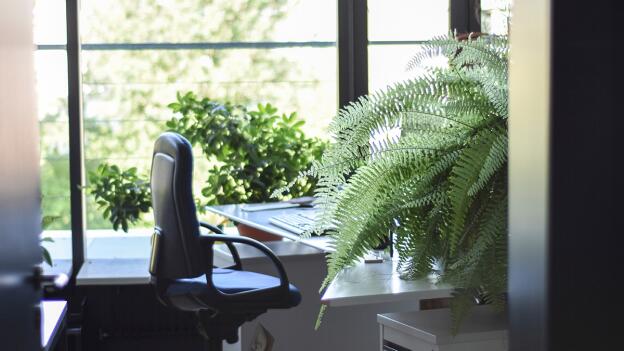Have you ever observed that your white LED panel lights no longer provide the same brilliant light as they always did after a few years? Upon careful inspection, the light appears to have a yellowish tint.
White LED panel lights are widespread in commercial, industrial, and residential places. LED panel light benefits include a long lifespan, environmentally friendly, and energy efficiency—most people like them.
Unfortunately, it is not unusual to see white LED panel lights turning yellow. The panel’s brilliant illumination decreases as a result.
Only a few people know what causes panel light yellowing. In this post, I’ll list a few causes that lead to white LED panel lights turning yellow and their solutions.
You will learn how the light guide plate’s material variations, the external environment’s influence, and the heat exposure of LED strips cause yellowing. Buying high-quality LED panel lights, lowering the brightness to lower the temperature, cleaning regularly, using waterproof materials, and many more actions are examples of preventive measures.
What Causes Panel Light Yellowing? And Solutions
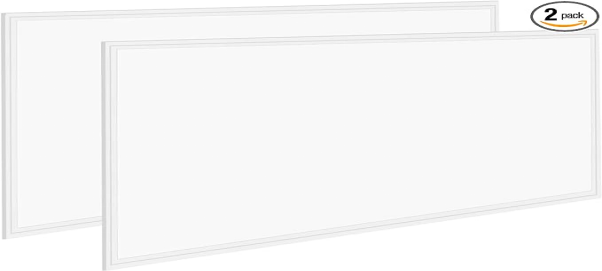
Multiple light-emitting diodes illuminate when an electric current flows through them, making up an LED panel light. White light is the most widely used color that these diodes emit. As a result, when you buy white LED panel lights, the illumination should also be white.
But at some point, white LED panel lights stop producing brilliant light. Usually, it’s not a cool white light but rather a yellow-tinged light.
So, what causes these common LED panel light issues?
Material Change of the Light Guide Plate
Unfortunately, this is the most common issue regarding light panel yellowing. The light guide plate converts the linear light into a surface light source.
Changes in the light guide plate’s material will affect light transmission by the light guide plate. The light guide material will alter due to weather resistance. The pollutants and chemicals will affect the light guide plate as well.
When this happens, the center of the light-emitting surface will turn yellow.
Solution
Replace it with a brand-new LED light panel. But be a little more picky about what you buy this time. Choose a light panel with a laser-dotted light guide plate made of Polymethyl Methacrylate (PMMA). This material takes at least six years to show signs of yellowing.
Furthermore, a possible alternative is a light guide plate made of PS (polystyrene) with anti-UV and anti-yellowing properties. Please note that PS is cheaper than PMMA and less durable.
You can buy a Backlit LED light as an alternative to edge light panel lights. The yellowing issue is taken care of because the backlit panel light lacks a light guide plate.
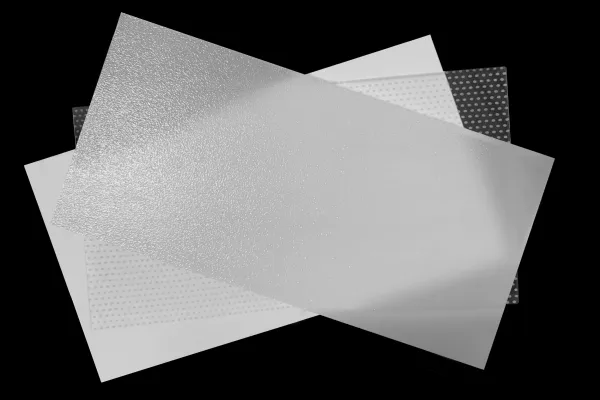
LED Chip Abnormalities
The quality of the manufacturing process can affect the performance of light-emitting LED chips. Poor production procedures may result in cracked LED chips or malfunctioning internal connections.
The presence of tin metal can impact the phosphor in the LED chip during the manufacturing of LED lighting strips, leading to vulcanization and yellowing.
Some manufacturers use the incorrect chip packaging technology or the phosphor ratio. Some white LED panel lights become yellow due to all of these.
Solution
It is impossible to replace an LED chip already in a light panel. Simply buy a new LED panel light.
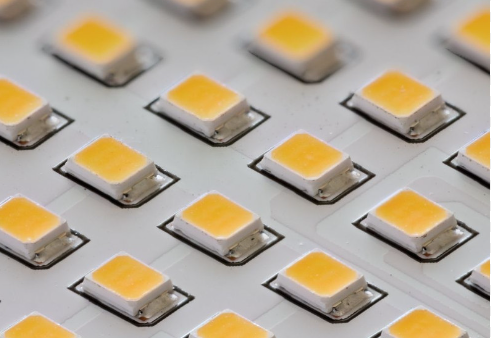
Impact Of The External Environment
Another factor contributing to the yellowing of your LED panel lights is the weather. The UV rays from sunlight erode the phosphor coating of LED panel lights. The phosphor coating will also suffer damage from artificial solid UV light sources.
The diffuser plate’s outermost layer prevents dirt and dust from getting onto the light guide plate. But with time, moisture, chemicals, or other impurities will seep through the plate from the side and degrade the materials in the light panel.
Solution
To remove external dust or water stains on the diffuser’s exterior, clean and maintain it regularly. You can use industrial alcohol with a low concentration to clean the surface.
You can reduce the damaging effects of UV radiation by using UV protection films or coatings. When you do this, you’ll increase LED panel light efficiency.
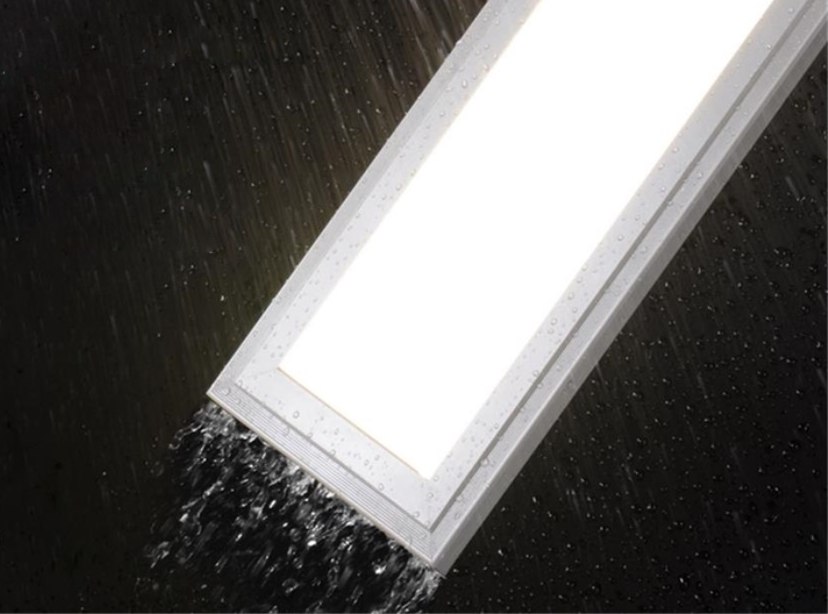
LED Strip Quality and Heat Exposure
Low-quality materials increase the risk of overheating in LED strips. An LED strip’s working temperature ranges from 122-140 °F (49-60 °C). The LED strip will overheat at any temperature over that.
The LED panel becomes yellowed due to overheating. LED lights tend to heat up when you use them for prolonged periods—the light panel’s diverse materials deteriorate due to excessive heat. The end effect is a change in color from white to a yellowish tint.
The heat exposure of LED strips can come from incorrect installation or poorly ventilated spaces. An LED strip may become heated from a high-power source.
Solution
Lower the temperature by dimming the brightness of your LED light panel.
Ensure there’s enough space around the light panels to help absorb extra heat. You can also install heat sinks or cooling fans for the same purpose. In this manner, the likelihood of material deterioration leading to yellowing reduces.
You should use premade aluminum extrusions that serve as the LED strips’ heat sinks.
Verify whether the underlying circuit board is of a quality that can support high-power LED strips. LED strips with a 2-4 oz copper weight guarantee high-power handling on the circuit board.
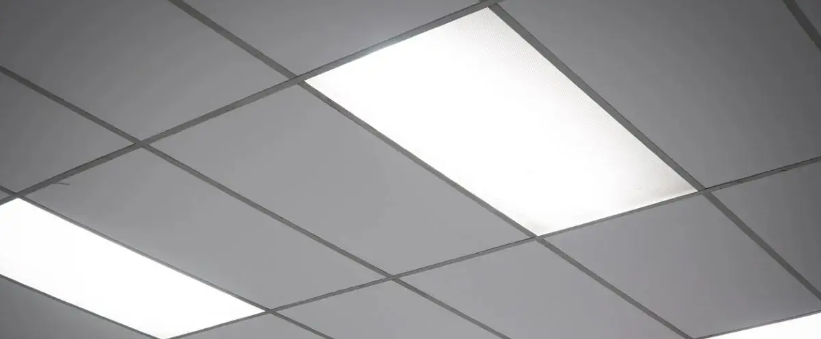
Waterproof Seals and Materials
Low-quality LED strips tend to overheat, damaging the PU adhesive used to make the cool white lightning strips.
Panel light yellowing will occur if you use non-waterproof panel lights in areas with high water usage. The diffuser will rust and degrade in the presence of moisture, which will compromise the color stability of the phosphor coating. The panel light’s surface eventually becomes yellow.
Solution
Get lighting strips with a glass or silicone cover rather than buying LED panels made from PU adhesive. Ensure you install the panel lights properly to avoid damaging them.
Use a suitable LED panel light in the right environment. In areas where you use water, such as restrooms and toilets, use light panels that are waterproof and moisture-proof. IP44 and IP65 are the best options.
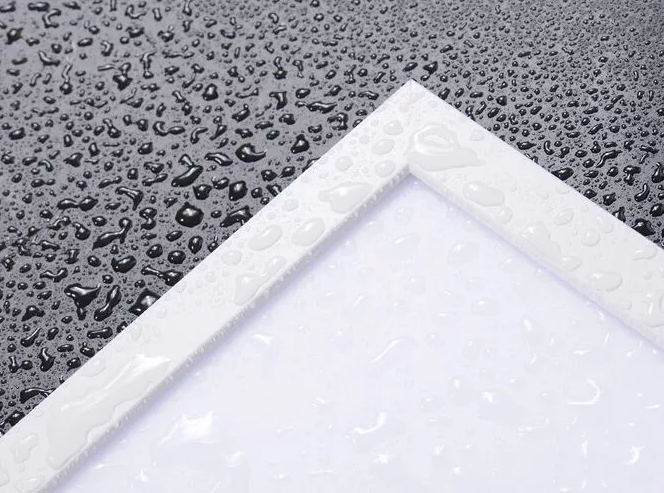
How To Choose Quality LED Panel Lights
Specific locations, like stores, photography studios, and art galleries, might suffer from inaccurate color representation due to light panel yellowing. Therefore, understanding LED panel light yellowing and how to identify quality panel lights becomes crucial.
Choosing quality panel lights means avoiding most of the above causes of panel yellowing.
- Efficiency: You should seek panel lights that function well while selecting illumination for different areas. As such, you need to consider how big of a place you want to light. Panel lights designed for bathrooms or other little areas won’t work in larger areas. They may provide different results. Thankfully, LED panel lights are available in different sizes to suit your needs.
- Color consistency: Verifying color consistency is one of the factors to consider when buying panel lights so that they don’t turn yellow fast. White LED panel lights should produce a consistent white color from high-quality materials. Low-quality panel lights will eventually turn yellow more quickly since they provide inconsistent white light.
- Temperature control: Can the heat generated by the panel light be controlled? Most high-quality LED light panels have metal heat sinks to absorb heat and prevent overheating. Remember that one of the main reasons white LED panel lights yellow is overheating. Poor-quality panel lights typically contain cooling fans or plastic fins, which are ineffective in transferring or absorbing heat.
- Brightness: Select panel lights that offer varying brightness levels to avoid overheating while using them at maximum brightness. Lower temperatures are associated with decreased brightness. Higher temperatures result in overheating, which causes yellowing. Therefore, pick a panel light that has dimming capabilities.
- Energy consumption: Examine the lumens per watt of each panel light to see the most energy-efficient. The amount of light produced by a light source is measured in lumens. Watt gauges how much energy the light source consumes. Choose LED panel lights that produce more light with less energy usage. So, choose the panel light that has a larger lumen count. As a result, you can have a brighter light while using less energy.
Conclusion
The yellowing of LED panel lights is typically the result of heat exposure, UV radiation from sunlight, poor-quality components, and LED chips with flaws that occur during poor manufacturing processes.
But you can prevent panel light yellowing by dimming the brightness of your LED light panel, using UV protection layers, and using light panels that are waterproof and moisture-proof.
First, by understanding LED panel light yellowing, you can prevent it from occurring. And you’ll know what to do if that happens.
Remember to follow our tips on identifying high-quality LED panel lights next time you buy them. Please provide additional advice on identifying high-quality LED panel lights in the comments area.
Fortunately, with continuous improvement in LED technology, scientists will develop better ways to prevent LED light panels from yellowing.
